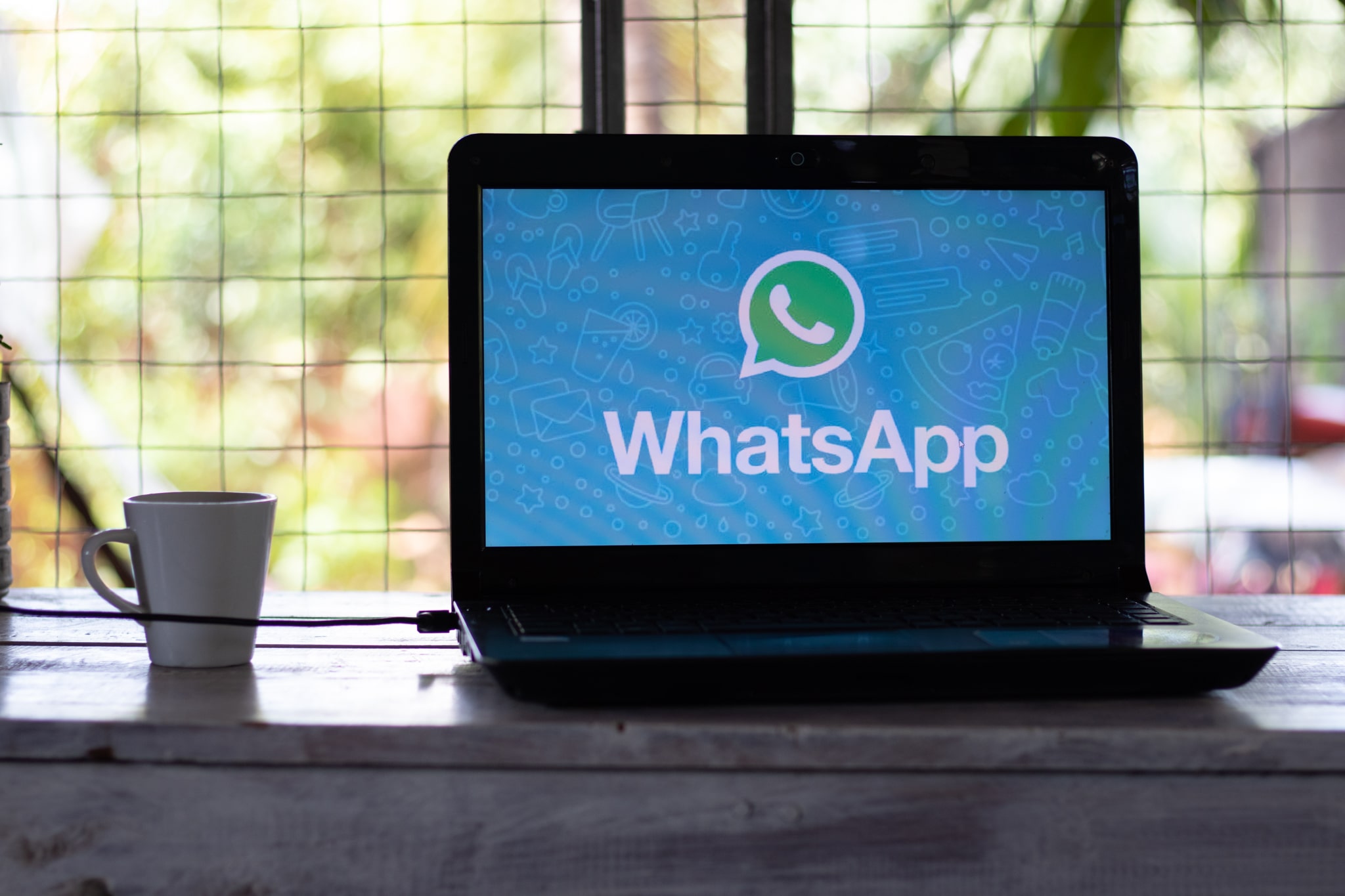On the 14th of this month, anyone in nine states in the north and northeast will be able to observe an annular solar eclipse. This astronomical phenomenon occurs when the moon passes between the Earth and the sun, covering most of the sun’s disk and leaving only one visible ring of fire glowing around the edge.
According to the National Observatory, a research unit of the Ministry of Science, Technology and Innovation, the eclipse will begin around 3 p.m. The observatory, in partnership with foreign parties, will broadcast the phenomenon on YouTube connection Throughout its duration, even in other countries, from 11:30 a.m. In the rest of Brazil, it will be possible to see a partial solar eclipse.
The ring (forming a “ring of fire” around the moon) will be visible in ten countries: the United States, Mexico, Belize, Guatemala, Honduras, Nicaragua, Costa Rica, Panama, Colombia and Brazil. In other parts of the Americas – from Alaska to Argentina – it will be possible to see a partial eclipse.
The phenomenon will begin at 11:30 am (Brasilia time), on the west coast of the United States. Since it will be dawn there, the sun will still be below the horizon. The eclipse will then continue across Central America and Colombia. It should arrive in Brazil around 3pm and will continue until sunset, around 6pm (Brasilia time).
The ring range will pass through Amazonas, Pará, Maranhão, Piauí, Ceará, Tocantins, Paraíba, Pernambuco and Rio Grande do Norte. Only two capitals will be able to see cancellation: Natal (Rio Grande do Norte) and João Pessoa (Paraíba). In the rest of Brazil, it will be possible to see a partial eclipse.
The broadcast will be from the National Observatory, in an initiative involving several Brazilian institutions and an international partnership with Time and Date, an international organization that provides services related to time, climate, astronomical phenomena, and time zones, via the link: https://www.youtube.com/watch?v=SoS0tV61z9Y
An annular eclipse occurs when the Moon is at its zenith (the furthest point in its orbit from Earth). During this period, the Moon appears smaller than the Sun in the sky. The last annular solar eclipse occurred in June 2021, but it was not visible in Brazil. The next eclipse of this type will be on October 2, 2024.
You should not look directly into the sun, not even with X-ray films, sunglasses, or other home equipment. Exposure to sunlight, even for a few seconds, damages the retina.
There are two ways to safely observe the eclipse: directly or indirectly. Direct observation is that which is carried out without the use of projections, and can be carried out using an instrument specially adapted for this purpose. Ideally, filters should be used for monitoring. The best choice is a #14 or greater weld filter (ISO 12312-2). However, monitoring should not last more than a few seconds.
Observing the Sun with an optical instrument, such as binoculars or a telescope, is only permitted under the supervision of astronomers who will know the correct filters to use.
Indirect observation is that which is done through projection, without the aid of any visual instrument.
During the live broadcast organized by the National Observatory, amateur and professional astronomers will broadcast the eclipse live from the annular scope, and will also talk to the public about astronomy, astrophysics, telescopes, and obtaining astronomical images. The public can interact with astronomers by sending questions and comments via chat.

“Incurable thinker. Food aficionado. Subtly charming alcohol scholar. Pop culture advocate.”

:strip_icc()/i.s3.glbimg.com/v1/AUTH_bc8228b6673f488aa253bbcb03c80ec5/internal_photos/bs/2024/3/g/WCtXx3QpeUod9Mufpz6Q/agif24042323130180.jpg)


:strip_icc()/i.s3.glbimg.com/v1/AUTH_e7c91519bbbb4fadb4e509085746275d/internal_photos/bs/2024/h/T/QtNBnkSxS1suktkzfMnw/captura-de-tela-2024-02-09-as-06.33.12.png)
:quality(80):focal(-5x-5:5x5)/cloudfront-us-east-1.images.arcpublishing.com/estadao/OMI7WZSWURNAZC5N7LDSUFV3DQ.jpg)
More Stories
Discover now 3 amazing ways to customize WhatsApp, and even change its color to green
In addition to “spiders”, probes on Mars have already revealed sand dunes, aluminum foil, organic matter, a lake and even a door | Sciences
Which Samsung phones will get One UI 6.1